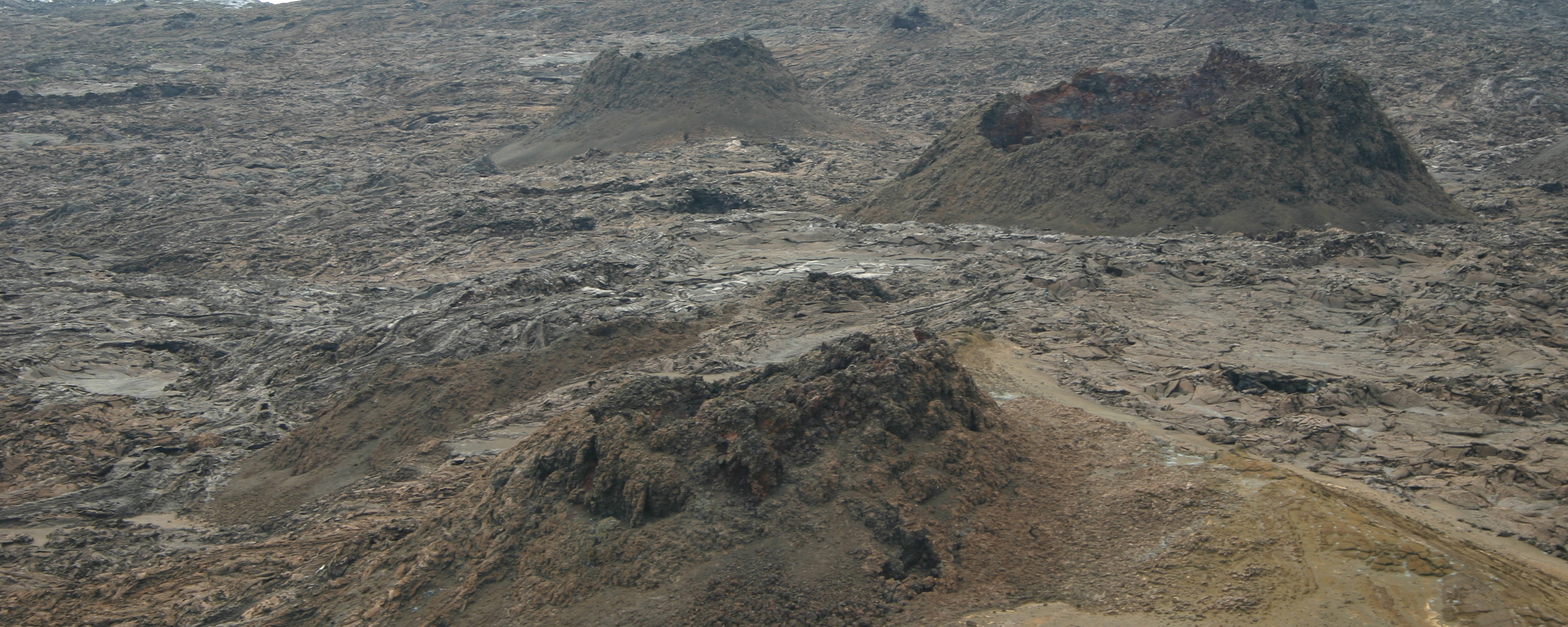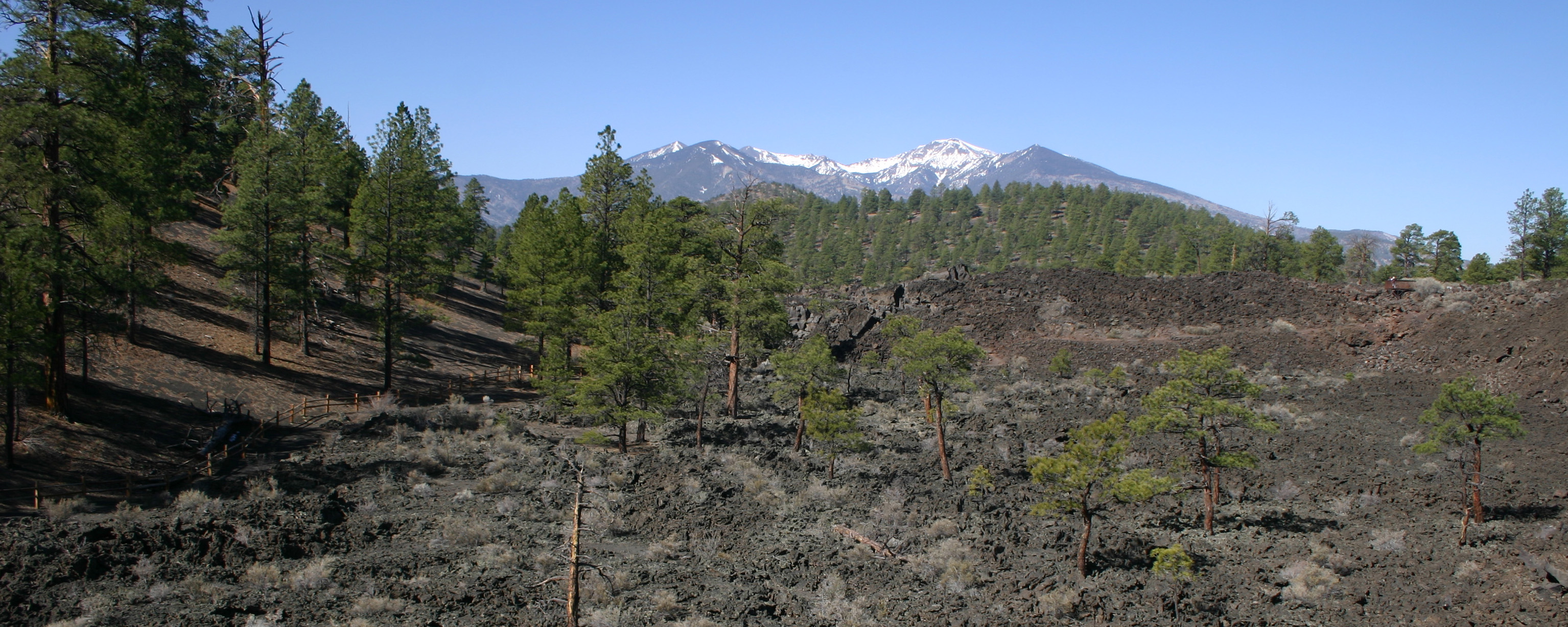


The sequence of events (and resulting lithologies) described last lecture has been called a Supercontinent Cycle (or a Wilson Cycle, after J. Tuzo Wilson, who linked spreading centers and subduction zones).
Wilson Cycles are the largest scale manifestations of crustal cyclical processes. They represent the union of plate tectonics, orogenesis, volcanism, sedimentology, and other aspects of both continental and oceanic lithospheric geology (and ultimately links to mantle and, presumably, core geophysics).
Wilson Cycles have been in operation since the origin of modern-style tectonics, and will operate as long as the core continues to generate sufficient heat (i.e., as long as its fissionable "fuel" holds out).
Geological activity has three main sources of energy:
The activities generated by these sources serve to drive geochemical cycles through Earth's systems. These are repeated flow of energy and/or matter through different parts of Earth's system. Most ongoing natural processes are involved in cycles at some time scale or another. Each cycle involves various components:
Many systems have feedback loops: processes whose continued operation modify the future operation of that same process. We can think to two types of feedback:
A famous case of positive feedback:
Another case of runaway positive feedback is the climate of the planet Venus. Venus may have originally had liquid water oceans. As the early Sun increased in brightness, evaporation increased. H2O is a greenhouse gas, so the atmosphere got hotter, leading to more evaporation. Water vapor high in the atmosphere got split into H2 and O2; the former was lost to space and Venus dried out. On Earth one major sink for CO2 is chemical weathering and deposition: water breaks down minerals in the rocks, using up carbon dioxide in the process, and that weathered sediment (containing carbon) gets transported and sequestered from the atmosphere. On dry Venus the CO2 could not be removed from the atmosphere via weathering, etc., so it built up in the atmosphere, ramping greenhouse effects up even higher. Because of this, average temperatures on Venus are 460°C; 40 C° hotter than Mercury even though it receives only 1/4 as much sunlight!
Finally, one last cyclical concept: Homeostasis. Processes in a system can operate together to maintain a stable condition. Often if there are a set of counteracting feedback loops in a system, these work to prevent extreme conditions from overpowering, and thus a "middle of the road" condition can be automatically maintained. (A standard thermostat operates this way.) Homeostasis is very common in biological systems, and are known to operate to some degree in other physical systems.
Some specific examples:
In the hydrologic cycle, mountain glaciers and the ocean represent two different reservoirs of water, while stream systems (running from the glacier to the sea) and precipitation systems (bringing evaporated water from the ocean down as snow to add to the glaciers) are fluxes.
(Note: the old calculations for the age of the Earth assuming that the oceans were originally fresh and measuring the flux of salt in stream systems actually was helping to calculate the residence times of Na and Cl in the hydrologic system, not the age of the Earth.)
Here is a more detailed one: the short term carbon cycle. The values in the boxes (reservoirs) are in gigatons of C; the values along the arrows (fluxes) are in gigatons of C/year. Note that the atmosphere contains only a tiny fraction of the amount of carbon that is found in the deep ocean.
How plate tectonics drives geochemical cycles and global change:
Thus, changing rates of plate tectonic activity can greatly modify the fluxes of carbon (and other elements), as we'll see in our review of Earth History. Among these changes are the composition of the atmosphere itself!
Some other factors that plate tectonics will change over time:
To Lecture Notes.
